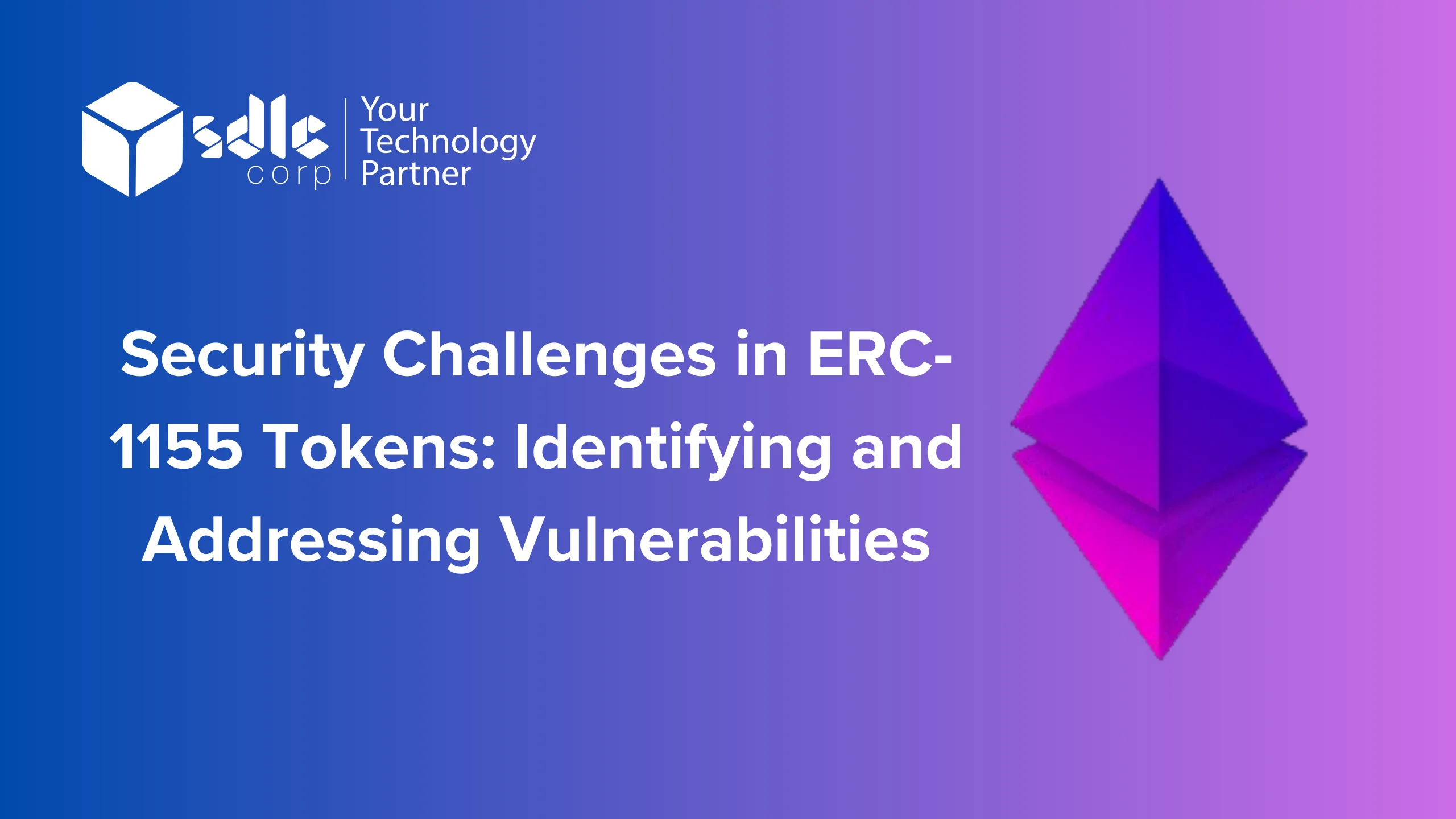The ERC-1155 token standard has revolutionized the blockchain space by enabling multi-token management within a single smart contract. While its efficiency and flexibility have made it a popular choice for NFTs, gaming assets, and tokenized real-world assets, security concerns remain a significant challenge.
This blog explores the security risks of ERC-1155 tokens, how they can be exploited, and the best practices for mitigating these vulnerabilities to ensure a secure and robust token ecosystem.
Understanding ERC-1155: Why Is It Unique?
Unlike ERC-20 (fungible tokens) and ERC-721 (non-fungible tokens), the ERC-1155 standard allows batch transfers, reduced gas fees, and streamlined smart contract execution. However, these advantages introduce new security vulnerabilities that need to be carefully addressed.
Top Security Challenges in ERC-1155 Tokens
1. Reentrancy Attacks
🔴 Issue: Malicious contracts can exploit reentrancy vulnerabilities to drain funds by repeatedly calling external functions before previous transactions are finalized.
✅ Solution: Use reentrancy guards such as OpenZeppelin’s nonReentrant modifier to prevent recursive calls.
2. Insufficient Access Control
🔴 Issue: Lack of proper role management can lead to unauthorized minting, burning, or transfers.
✅ Solution: Implement role-based access control (RBAC) using OpenZeppelin’s AccessControl framework to restrict sensitive operations.
3. Insecure Batch Transfers
🔴 Issue: The batch transfer function (safeBatchTransferFrom) can be misused to transfer assets without proper validation, leading to asset theft.
✅ Solution: Validate recipient addresses and use whitelisted dApps for batch transfers.
4. Integer Overflow & Underflow
🔴 Issue: Poor arithmetic operations in smart contracts can overflow or underflow, causing unintended behavior.
✅ Solution: Use SafeMath libraries or Solidity 0.8+ (which has built-in overflow protection).
5. Front-Running Attacks
🔴 Issue: Malicious actors can manipulate transactions by observing pending transactions in the mempool and executing higher gas transactions first.
✅ Solution: Implement commit-reveal schemes or private transactions (via Flashbots) to prevent front-running.
6. Lack of Metadata Integrity
🔴 Issue: Metadata stored off-chain (e.g., IPFS) can be altered or deleted, affecting token authenticity.
✅ Solution: Use immutable metadata hashes on-chain to verify data integrity.
7. Phishing & Malicious dApps
🔴 Issue: Fake dApps can trick users into signing malicious transactions, leading to token theft.
✅ Solution: Educate users to verify dApp signatures and use wallet security extensions like MetaMask’s phishing detector.
8. Smart Contract Upgrade Risks
🔴 Issue: Poorly implemented upgradable smart contracts can introduce new vulnerabilities.
✅ Solution: Conduct thorough audits and restrict upgrades to governance-approved changes only.
9. Gas Fee Manipulation
🔴 Issue: Attackers can trigger high gas fees on purpose to disrupt batch transactions.
✅ Solution: Use gas optimization techniques such as EIP-2930 access lists to reduce costs.
10. Token Freezing & Recovery Issues
🔴 Issue: Tokens may get stuck in contracts with no recovery mechanism.
✅ Solution: Implement emergency recovery functions while ensuring they do not introduce centralization risks.
Best Practices to Secure ERC-1155 Smart Contracts
🔹 Use Well-Audited Libraries – Utilize OpenZeppelin’s ERC-1155 implementations to avoid common vulnerabilities.
🔹 Conduct Smart Contract Audits – Work with security firms like CertiK, Quantstamp, or Trail of Bits for professional audits.
🔹 Apply Multi-Sig for Admin Operations – Secure critical functions with multi-signature wallets (e.g., Gnosis Safe).
🔹 Implement Circuit Breakers – Introduce emergency stop mechanisms (pause() function) to prevent unauthorized transactions.
🔹 Educate Users on Security Risks – Encourage wallet security best practices and verify dApps before connecting.
Final Thoughts
While ERC-1155 introduces efficiency and scalability, it also presents unique security risks that must be addressed. By implementing robust security measures, conducting thorough smart contract audits, and educating users, developers can ensure a secure and trustworthy token ecosystem.
🚀 Next Steps: If you’re developing an ERC-1155 token, explore expert Smart Contract Security Audits to safeguard your project from vulnerabilities.
















